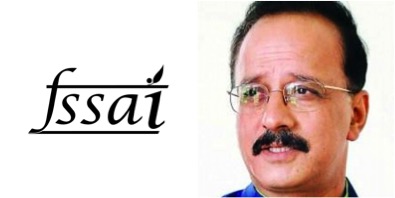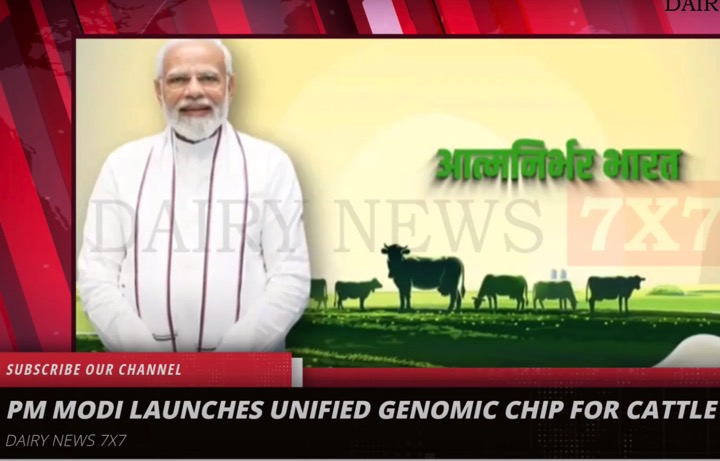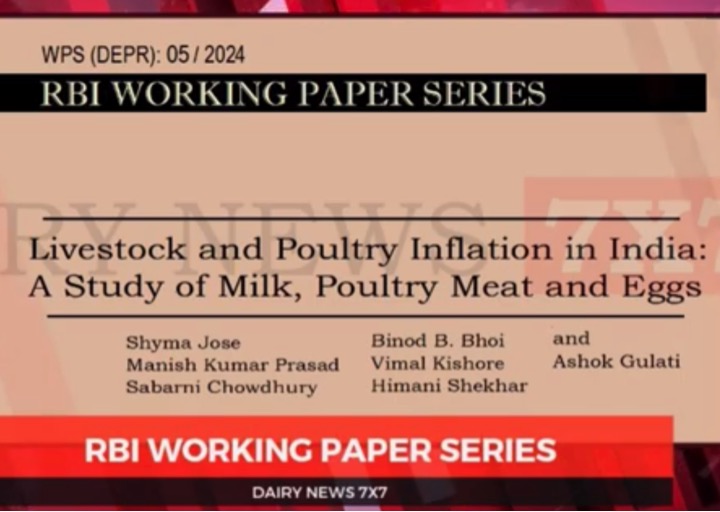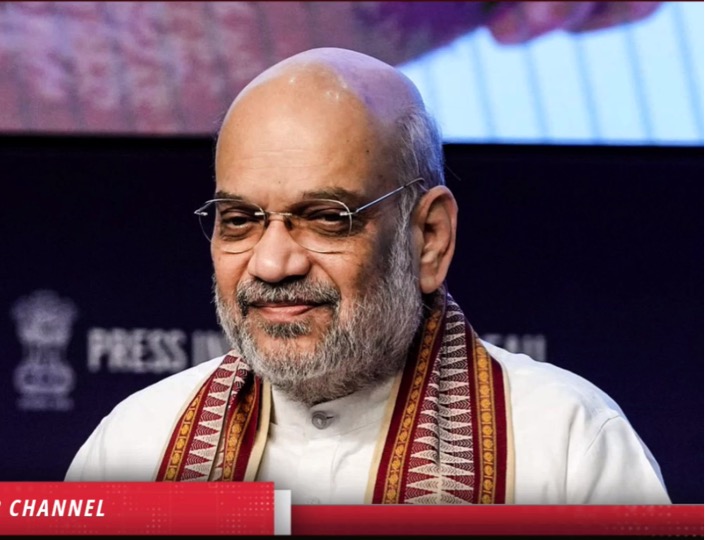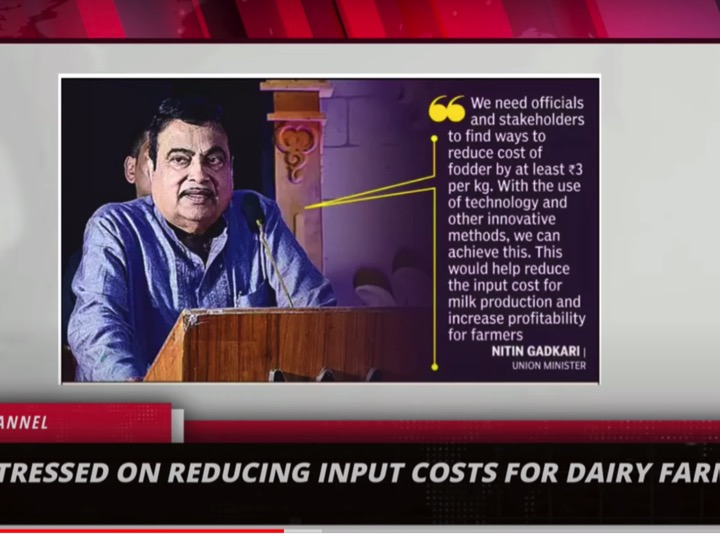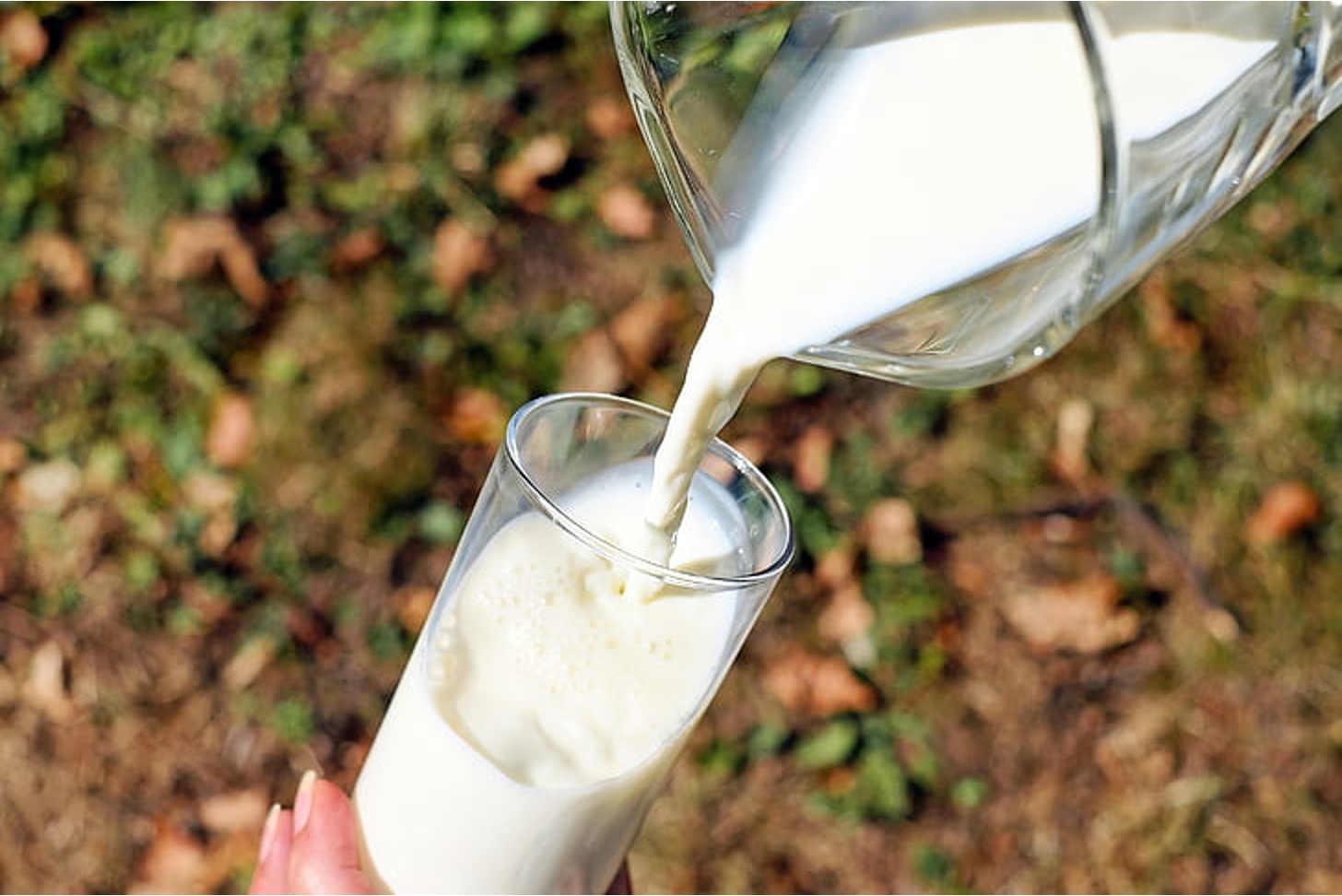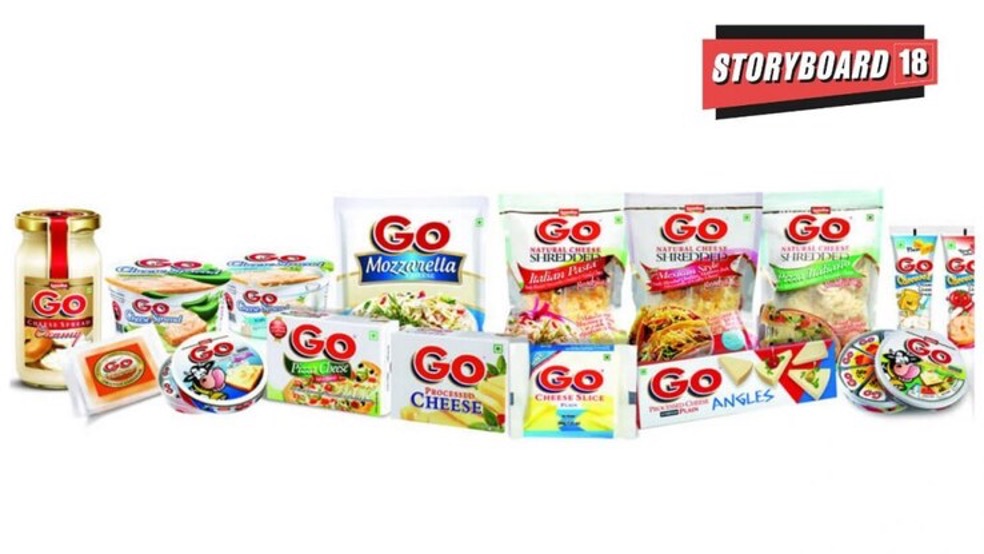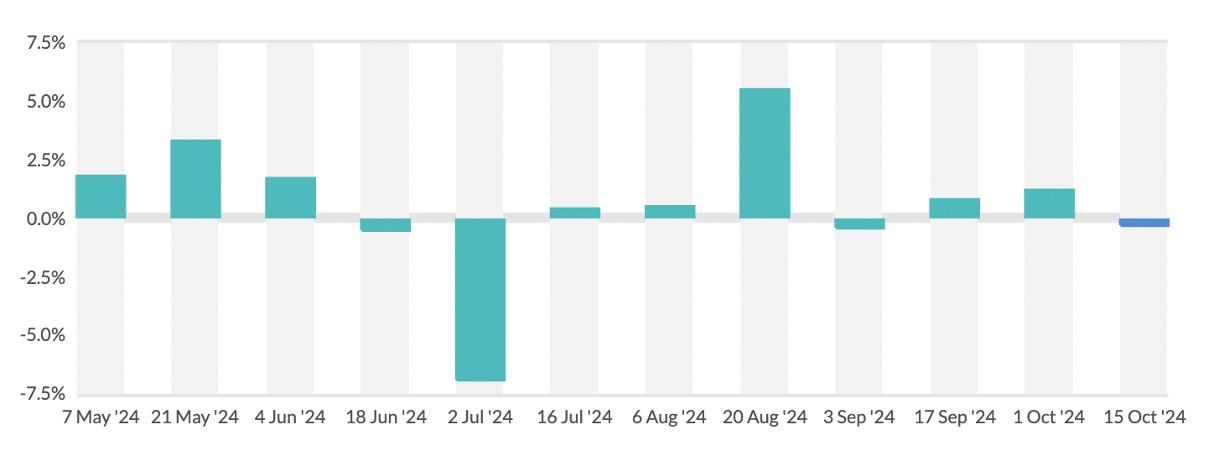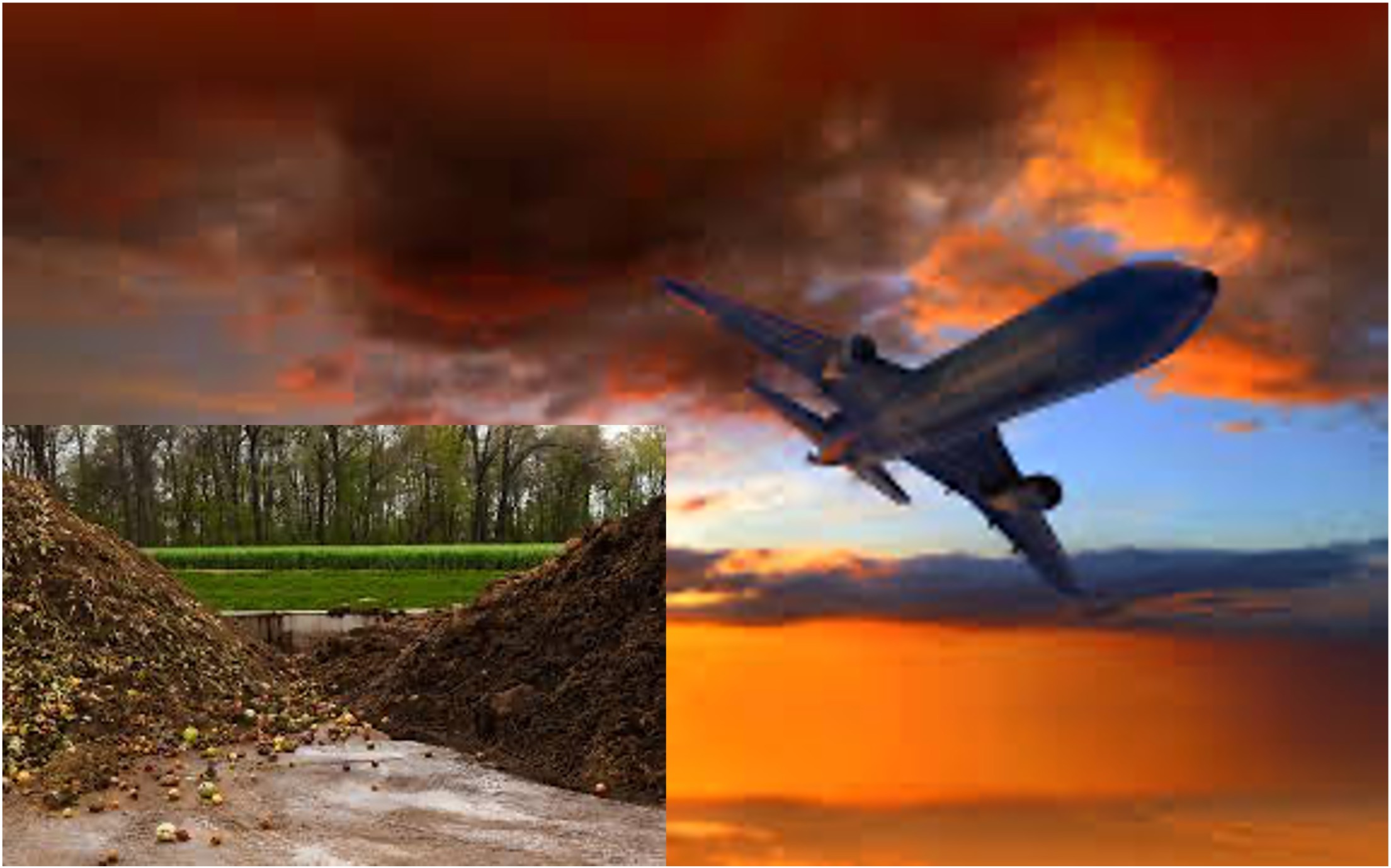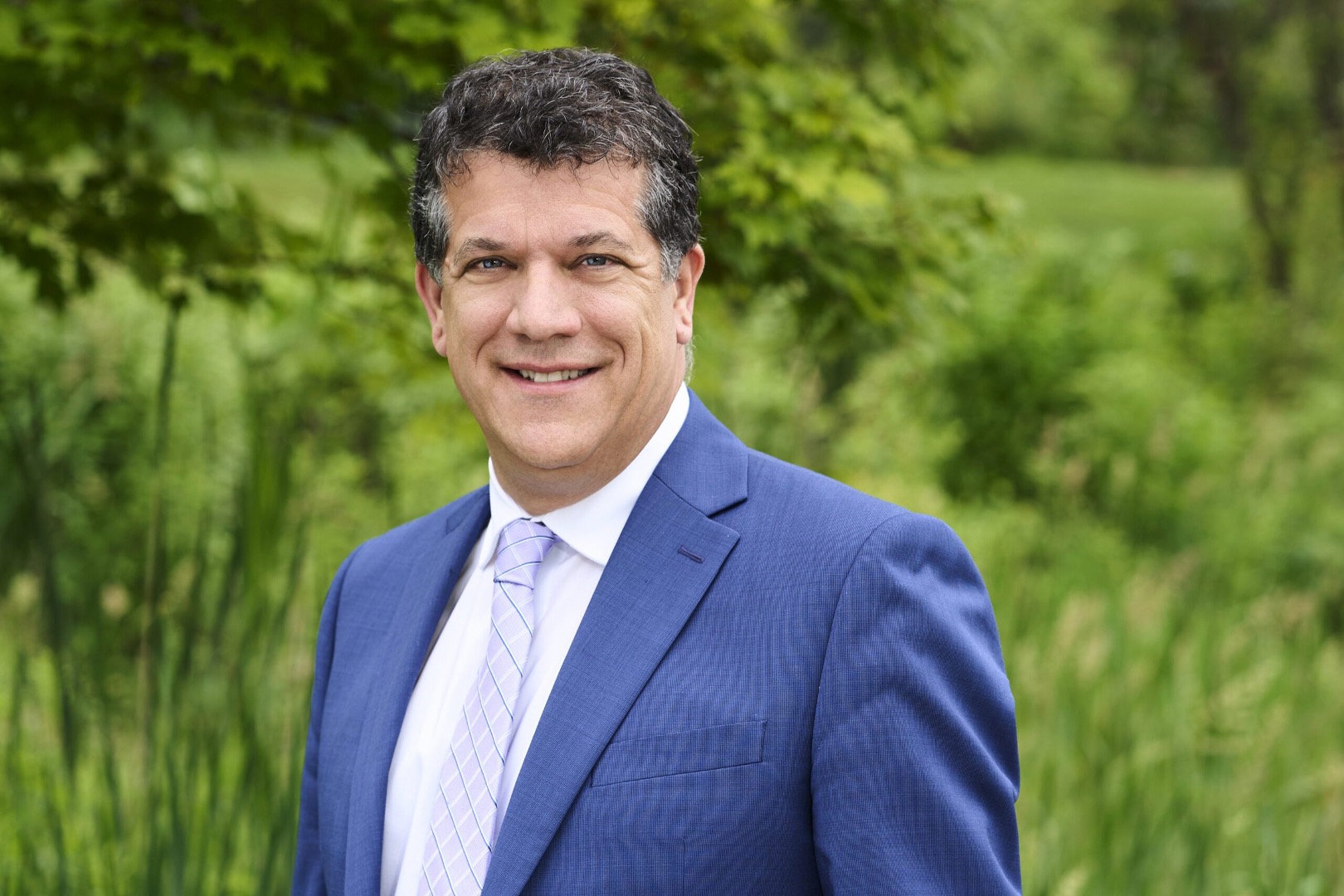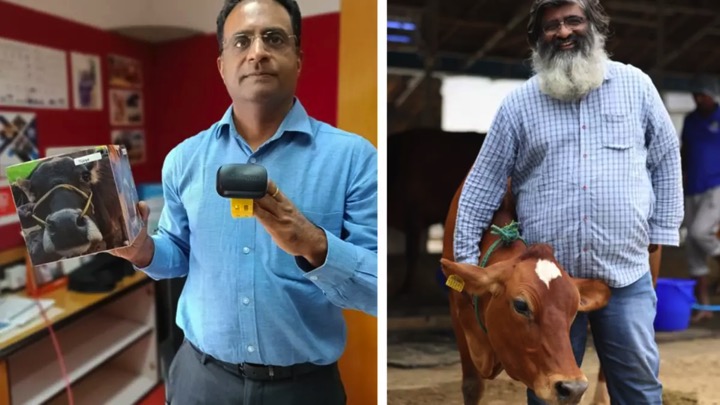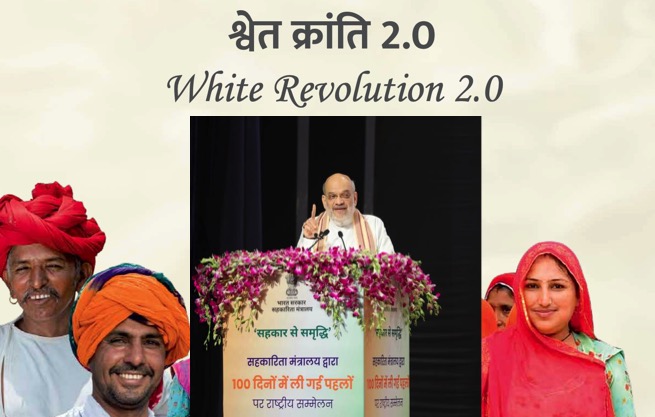Nestle accused of varying levels of sugar content in products for India and European nations
We can’t let the FSSAI to get away with it. There are 26 scientific committees that FSSAI has constituted for setting standards and yet if the norms are so relaxed it becomes obvious that the ‘conflict of interest’ is much larger than what has often been talked about
NestleIndia Chairman and Managing Director Suresh Narayanan’s denial of the accusation of a higher sugar content in baby food formulations as being “racially stereotyped is unfortunate” and untrue, has to be taken with a pinch of salt.
“There is no local of approach to making a nutritional adequacy study. Globally the recipes are engendered in an age where energy dense products are needed by growing children. So there is no distinction that is made between a child in Europe and a child in India or any other parts of the world,” he was quoted as saying in the media on April 29.
He was responding to news items based on a report released by the Switzerland-based NGO Third Eye and the International Baby Food Action Network (IBFAN) accusing the company of double standards — having high sugar content in the baby food cereal (Cerelac) that is marketed in developing countries, including India, when compared with the product sold in Europe.
“That we have the need in India is the reason why we have added this, but at levels which are much lower than what is even specified by the local regulator and I think one has to have the trust and confidence that the local regulator knows what we are putting there. So it is not a dramatic deviation that has been done.”
He further adds that the formulations get translated into a product locally on the basis of “different considerations on local regulatory requirements on local availability of raw materials on some of the maternal feeding habits.”
If all that has been said by way of the denial statement was true, I don’t see any reason why the Ministry of Consumer Affairs should has directed the regulatory agency – the Food Safety and Standards Authority of India (FSSAI) — to take “appropriate action” against Nestle.
Following the directive, the FSSAI has already initiated an investigation into the controversy regarding the composition of Nestle baby food product. And let me add here, despite the seemingly tough directive for probe into the allegations I am not sure how far will the promised investigations reach to its logical conclusions.
If the FSSAI had worked with an iron fist in first setting up tougher standards, and then following it up with tougher implementation, no food giant would have taken the Indian market so casually. The denial statement from Nestle itself bares the visible fault lines when it says (and I repeat): “That we have the need in India is the reason we have added this, but at levels which are much lower than what is even specified by the local regulator.” If you look at this statement carefully, the question that immediately crops up is where is the need in India that prompted the company to go in for higher sugar content in baby food? Who has asked the baby food companies to add more sugar for the products sold in India?
I haven’t seen any study or report from nutrition bodies in India that seek more sugar in baby foods as energy diffuser.
At the same time, Nestle says that it has added only 7.1 grams of sugar per 100 grams of feed, and that too against the permissible limit of 13.6 grams that the FSSAI has prescribed, opens up another worm of cans. It only shows how lax have been the FSSAI standards, allowing even an elephant to pass through. FSSAI should be asked to release the data based on which it set the permissible limit of sugar in baby foods. We can’t let the FSSAI to get away with it. There are 26 scientific committees that FSSAI has constituted for setting standards and yet if the norms are so relaxed it becomes obvious that the ‘conflict of interest’ is much larger than what has often been talked about.
As senior science commentator Dinesh C. Sharma, says: “For years, consumer groups and public health experts have been demanding a distinct health label for food products high in salt, sugar and fats, but the food safety authority and the industry have constantly opposed this. On the other hand, the regulator is quick to meet industry demands and even endorse their products, which is not its mandate”
It only shows how corporations influence public policy.
Now let’s move to pesticides. Amidst the heat generated over certain Indian spice brands violating the quality standards thereby inviting import bans, it has now become clear that the FSSAI (through an order issued on April 8, 2024) itself raised the permissible residue limit (MRL) of pesticides in spices and herbs by 10 times. Against the permissible limit of 0.01 mg per kg, the limit has now been raised to 0.1 mg/kg. This comes at a time when (based on RTI) it has been found that in the past five years, the presence of pesticide residues has increased from 22.6 per cent to 35.9 per cent in the tested samples.
Under the given conditions, and knowing that tighter pesticides regulations in Europe and America have led to Indian export consignments being increasingly rejected on quality parameters, the relaxation of MRL norms by FSSAI clearly comes as a surprise.
Coming back to sugar, while it is important to be mindful of your sugar intake, much of it remains hidden in processed foods. Even an enlightened consumer will find it difficult to identify the added sugars. Since several studies have shown that there are at least 56 different names for sugar that normally are used to deceive consumers, but at least the FSSAI should be able to read these and drastically restrict its usage knowing the harm it causes.
I am not only talking of diabetes that too much sugar consumption can lead to, but as a study published in the Journal of Dermatology has shown that besides genetic characters, even sugar-sweetened beverages can lead to hair loss in men.


